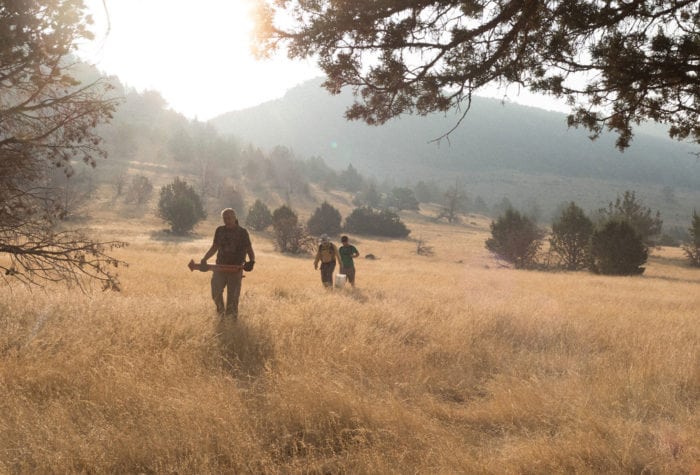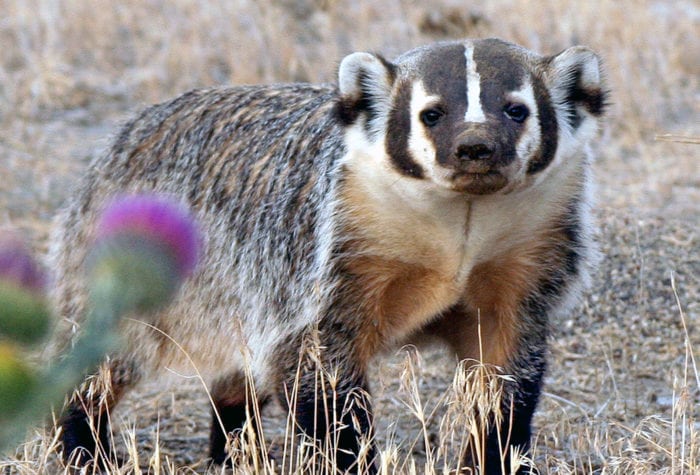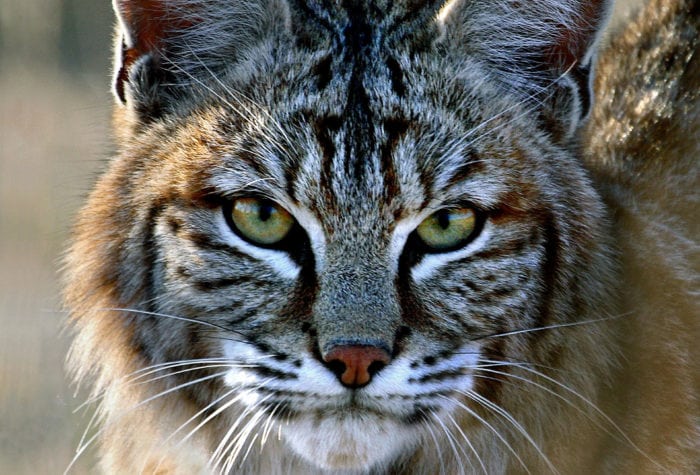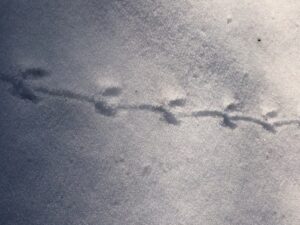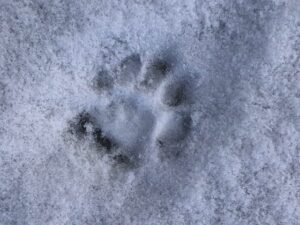Author: Scott Bowler | Published: January 17, 2024 | Category: How-To
This article originally appeared in The Source on January 10, 2024.
Winter rain and snowfall make for wildlife stories worth investigating
“Oh wow – what’s that print?”
I have this same reaction numerous times over when encountering animal tracks in the high desert. The “what is it?” aspect is the first and most obvious question to ask upon seeing tracks in dirt, mud or snow. But it’s especially interesting to investigate “why is that here?” and “what was the animal doing?”

The complete answers to all of these questions can take a lifetime to fully learn, but the obvious first step is to get out there and try to find tracks, identify prints, follow trails and learn to read the story of what happened there. It can be a complicated story, but the investigation is a fascinating way to “see” animals in the wild.
Locations
Where to start? First, find a good spot. Sounds flippant, but it’s not too hard because animals are everywhere. However, there are times and places that are much better than others. Generally speaking, areas farther from people and dogs are always going to be more productive. This time of year, a light overnight snowfall or rainfall makes some of the best conditions possible. You’ll want to get up and out the door early, beating the morning rush of dog walkers, commuters and cars. Close to home, try exploring local sidewalks, gardens and parks, passages between unfenced yards and transition zones between urban and “wild” areas. These neighborhood areas can all yield good results, but it’s more fun and productive to go farther afield where you’ll find greater animal diversity with less human disturbance.
